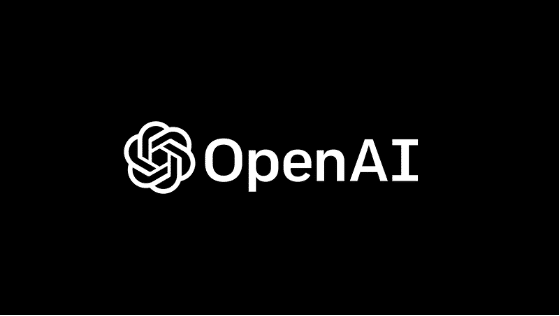ChatGPT is an artificial intelligence language model created by OpenAI. It is designed to understand and generate text in a way that resembles human language.
 Imagine that you have a really good friend who is really good at talking about a variety of subjects. This friend can answer questions about history, science, sports, and many other topics. That’s what ChatGPT is like. It is a virtual friend that can respond to your questions and have conversations with you.
Imagine that you have a really good friend who is really good at talking about a variety of subjects. This friend can answer questions about history, science, sports, and many other topics. That’s what ChatGPT is like. It is a virtual friend that can respond to your questions and have conversations with you.
But how does ChatGPT work? At its core, ChatGPT uses a deep learning algorithm known as a Transformer. This type of algorithm was first introduced in 2017 and has since become the go-to method for many natural language processing tasks. The idea behind a Transformer is to process input text one word at a time while paying attention to the context of the surrounding words. This allows the model to better understand the meaning of the text and generate a more coherent response.
To train ChatGPT, OpenAI used a massive dataset of text called a corpus. This corpus contained billions of words from a variety of sources, such as books, websites, and social media posts. By training on this large corpus, ChatGPT was able to learn the patterns and structures of human language. During the training process, ChatGPT was exposed to many different types of text and was asked to predict the next word in a sentence. Over time, the model learned to generate text that resembles human language.
So, when you ask ChatGPT a question, it takes your text as input and uses its understanding of language to generate a response. The response is not simply a pre-written answer, but rather, it is generated based on the input text and the patterns the model has learned from its training data.
One of the benefits of ChatGPT is that it can be fine-tuned for specific use cases. For example, OpenAI has created fine-tuned versions of ChatGPT that are specialized in answering questions about specific topics, such as sports or technology. These fine-tuned models were trained on a smaller corpus that is focused on the specific topic. By doing this, the model is able to generate more accurate and relevant responses for that particular topic.
In conclusion, ChatGPT is a powerful language model created by OpenAI that can understand and generate text in a way that resembles human language. It was trained on a massive corpus of text and uses a deep learning algorithm known as a Transformer to generate responses to questions and participate in conversations. Whether you are looking for information about a specific topic or just want to chat with a virtual friend, ChatGPT is an impressive tool that is worth exploring.
The future of ChatGPT and AI language models, in general, is very promising. With the rapid advances in AI and the growing interest in conversational interfaces, it is likely that language models like ChatGPT will play an increasingly important role in how people interact with technology.
One potential growth area for ChatGPT is the development of conversational AI. As more businesses move online and interact with customers through chatbots and virtual assistants, the demand for high-quality AI language models will only continue to increase. ChatGPT can be used to build conversational interfaces that are able to handle a wide range of tasks, from answering customer questions to processing orders.
Another area where ChatGPT is likely to make an impact is in content creation. AI language models have already shown the ability to generate articles, summaries, and even poetry. As these models continue to improve, it is likely that they will be used to automate many of the repetitive tasks involved in content creation, freeing up human writers and editors to focus on more creative work.
Finally, it is also possible that ChatGPT and other AI language models will be integrated into a wider range of applications, from virtual personal assistants to education and training tools. As AI becomes more integrated into our lives, it is likely that we will continue to see new and innovative ways to use language models like ChatGPT to improve our lives.
In short, the future of ChatGPT and AI language models is bright and full of potential. Whether you are a business owner, a developer, or simply someone who is interested in technology, it is worth keeping an eye on the continued evolution of these models and the impact they will have on our world.
ChatGPT is already seeing competition emerge from Google and Baidu. Microsoft has stated it will invest $10b USD over the next few years in OpenAI and Google has just announced their new AI chatbot called Bard.
Google demoed their Bard AI on February 7th, 2023. However as luck or lack thereof would have it, Bard was asked a question and actually gave the wrong answer. This turned what could have been a great event into a bit of a disaster that wiped some 9% from Alphabet’s (Google’s parent) stock price or some $100 billion in value. However, even ChatGPT answers need to be checked. It too can make mistakes.
Who is likely to win in the AI space is anyone’s guess, however right now it would seem OpenAI has a good head start on the competition.
